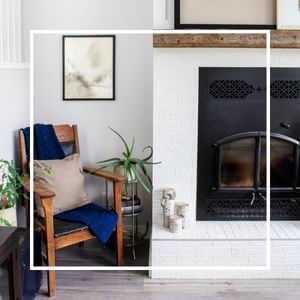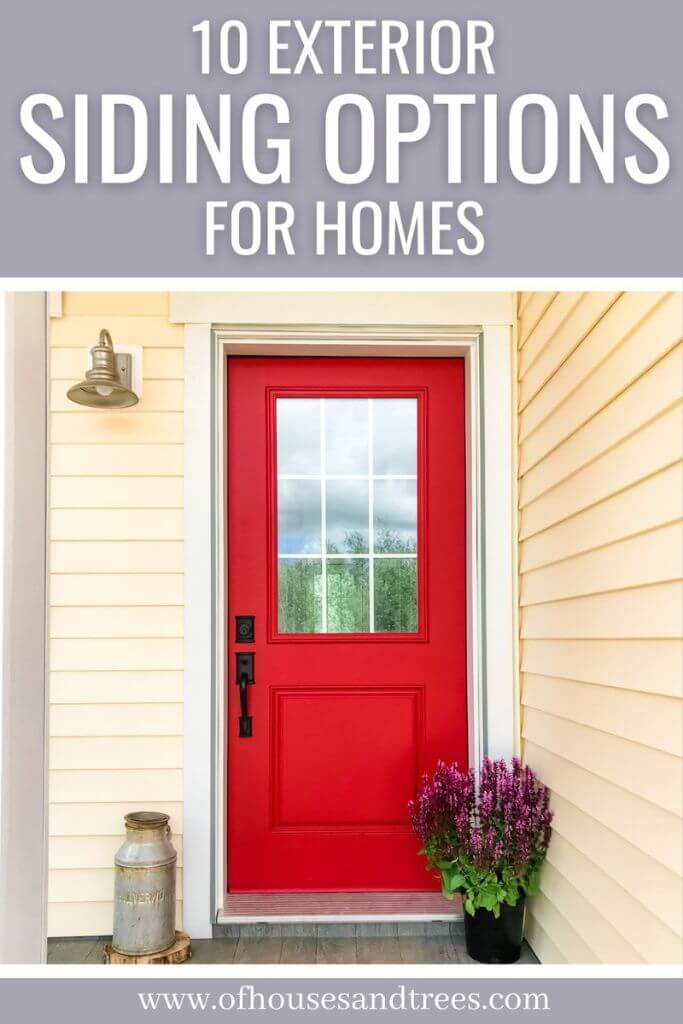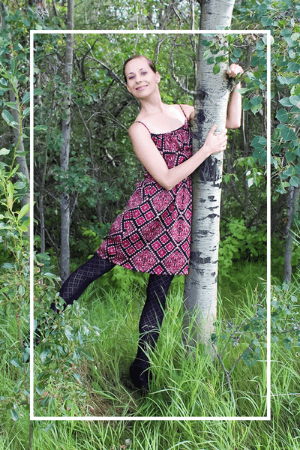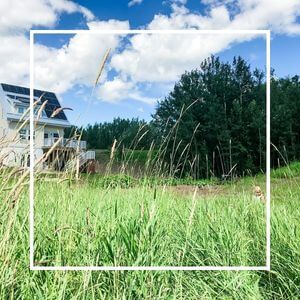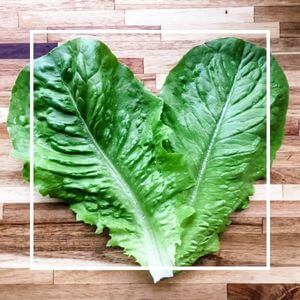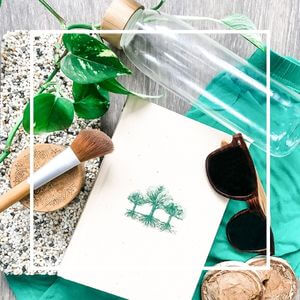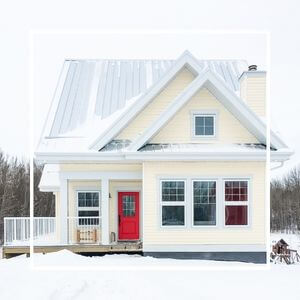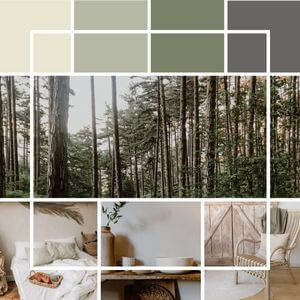Trying to decide on exterior siding and need a little guidance? Check out this list of the most popular siding options for homes – and learn which ones are the most sustainable!
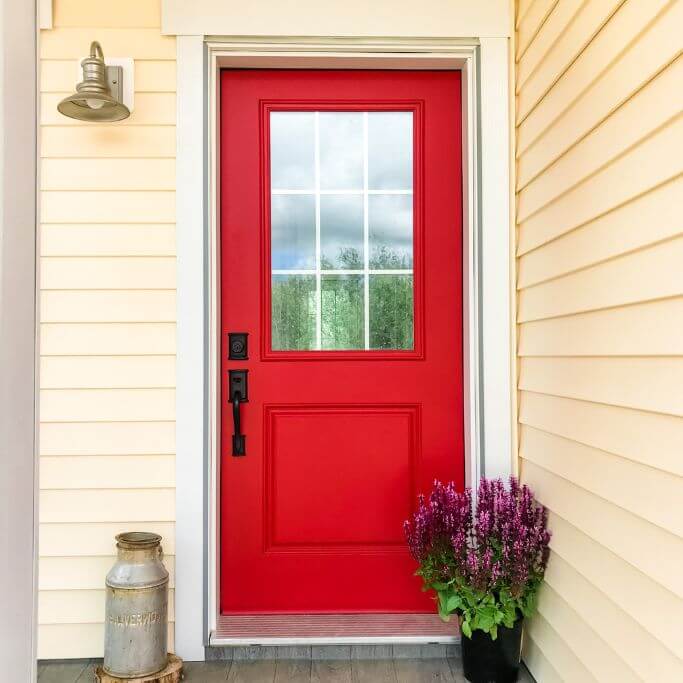
I spoke about our journey selecting siding for our home in my recent post about composite cladding, but wanted to recap here that even I – a self-proclaimed treehugger – did not end up with the most sustainable siding option out there.
My dream siding would have been a mixture of reclaimed brick veneers and wood clapboard. Neither of these options for house siding were AT ALL realistic for a variety of reasons. (Price, availability, our local climate and so on.) Essentially, the right siding for you and your home is going to be based on many factors and I’m hoping this article will help point you in the right direction.
Keep reading for a rundown on the things you should consider when choosing the best siding for your home’s exterior. Or, skip ahead the check out an explanation of the most popular options out there. Plus, each siding type has a “Make It Green” tip so you can consider the sustainability of each option as you go.
Featured Video
How to Choose the Right Home Siding Option for You
Sifting through all of the siding options for houses can feel overwhelming. By breaking the decision down into smaller components will help the decision making process seem much easier. So here are five different things to think about when narrowing down your house siding choices.
Aesthetics
Of course we want the outside of our home to look beautiful! So, yes, how the siding you choose looks is going to be at the top of the list. That being said, you shouldn’t sacrifice things like durability and sustainability just for aesthetics. It’s possible to have something you love the look of that also checks off other important characteristics on your list.
Affordability
What’s affordable to you is not going to be the same as what’s affordable to the next homeowner. What’s important is that you know your own personal budget and then determine the factors that are make or break for you. For example, if you want a siding option that is little to no maintenance, you may be willing to pay a little more while still being mindful that you can’t afford the top end products on the market.
Durability
No one wants to pay all that money for new siding only to have to replace it in ten years. Different siding types have different projected lifespans. Obviously, the longer your siding lasts the better. But often the most durable types are also the most expensive, meaning you’ll need to weigh out the pros and cons as you narrow down the choices.
Maintenance
Maintenance requirements largely depend on two things – the type of siding you choose and the climate where you live. If you live somewhere that gets a lot of rain, many of the house siding options for a home I listed below are going to need a different level of care than if you lived in a more dry climate. Also, if you’re someone who is handy and is able to keep up with the washing, painting and sealing required from some of the siding choices for houses, you may be more willing to choose something that requires a bit more elbow grease.
Sustainability
When it comes to sustainable options in home materials – it’s a great time to be alive! Even five years ago when we built our home, there weren’t nearly as many choices as there are today. As long as you’re willing to spend a bit more time researching, there are sustainable options in all ten of the below categories. And hopefully my suggestions help point you in the right direction!
Brick
Brick is a very old siding material. (And one of the most beautiful, in my humble opinion.) Once upon a time, homes were literally built of brick – meaning the brick walls were part of the structure of the home. Nowadays, the brick is installed on the exterior wall structure in the form of veneers.
Real brick veneers are made of fired clay, just like full bricks are, and are installed using a mortar typically made from cement and sand. Brick veneers are extremely durable and by using quality brick veneer supplies, homeowners can achieve the same timeless appeal as full brick siding. Brick veneers also come in a a variety of colours and textures.
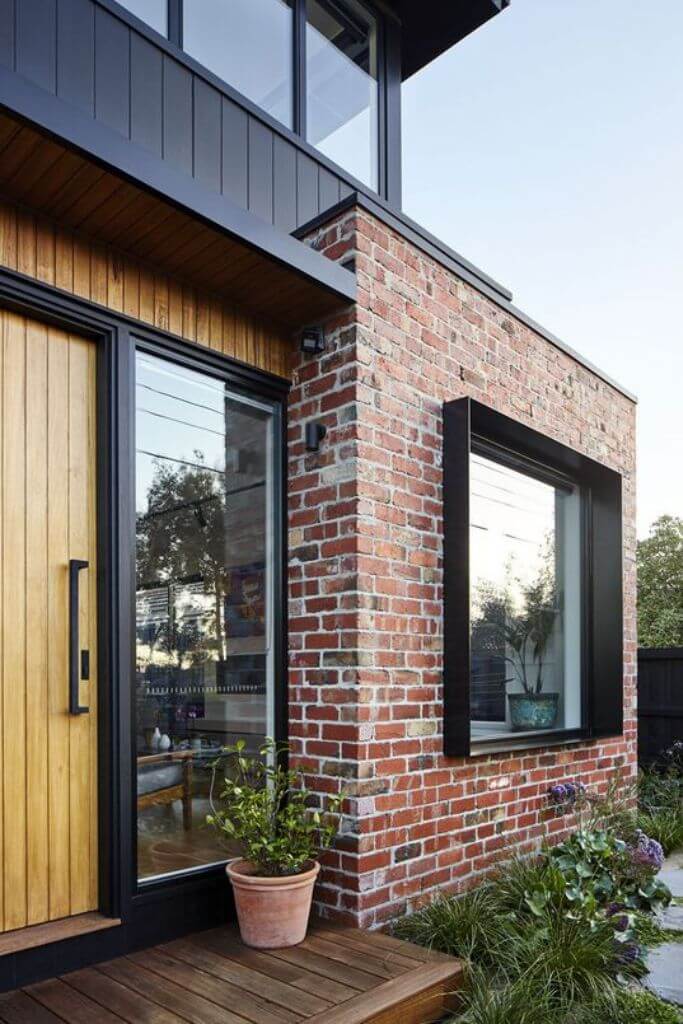
Make It Green: Real brick veneers are already considered sustainable since they are made from natural materials and have a long lifespan. But you can make your brick veneer siding even greener by sourcing veneers made from reclaimed brick. Which is also an amazing way to add historical character to your home!
Engineered Wood
We’re going to talk about real wood siding further down, but for now – let’s talk about engineered wood! If you have spent any time looking into interior flooring options, you’ve likely come across the real vs engineered wood debate. When it comes to siding, the conversation is very much the same.
While nothing beats the beauty of real wood, it is much less durable and requires much more maintenance than engineered wood. Engineered wood is typically made out of sawdust and other wood castoffs, so in that case it is a more sustainable faux option than faux brick (see below). It is more durable, lighter and easier to install than real wood.
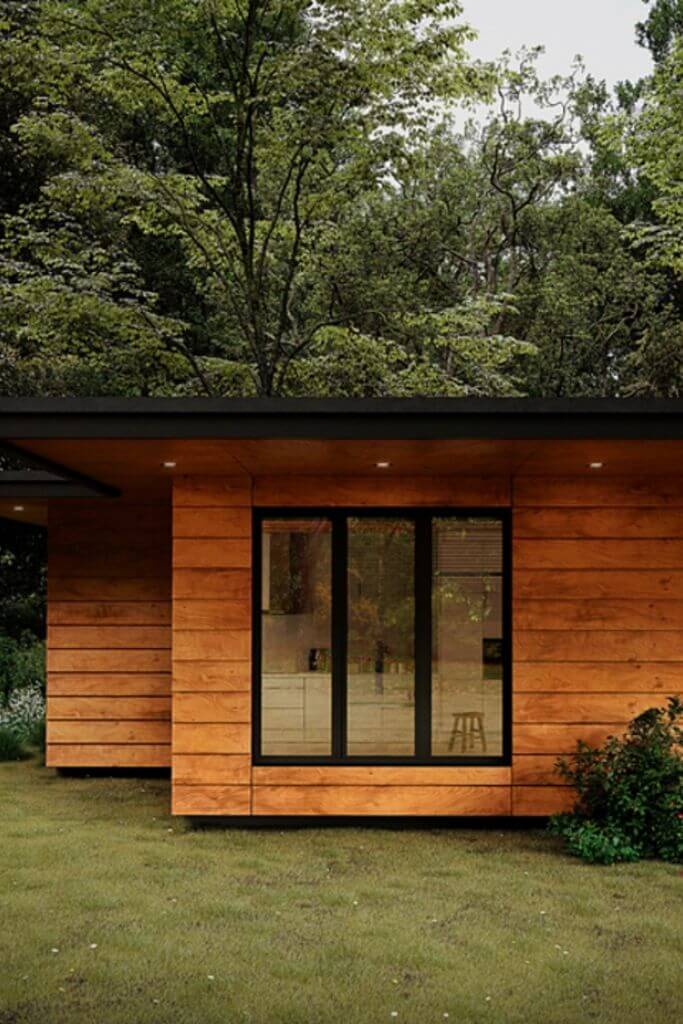
Make It Green: Not all engineered wood siding is created equal. Just because a manufacturer claims a product is made from recycled wood doesn’t mean it isn’t also made from virgin plastics or other unsustainable materials. When looking for engineered wood siding, make sure the company lists the percentage of recycled content.
Fabricated Brick
In home design, when the real thing is too expensive, it’s common to turn toward a fabricated – or “faux” – version. This is definitely the case when it comes to brick siding. The reason fabricated brick veneers are more affordable than real brick is that they typically are made from polyurethane. Both the material and the ease of installation of the more lightweight faux brick means a reduction in cost.
Now, I have nothing against saving money. I live on a very strict budget myself! But I think mindfulness is key when looking into more affordable finishes for the home. Does the lower price mean a greater toll on the environment? Sometimes the answer is yes and after careful consideration you decide to go with the less sustainable product anyway. And that’s okay too.
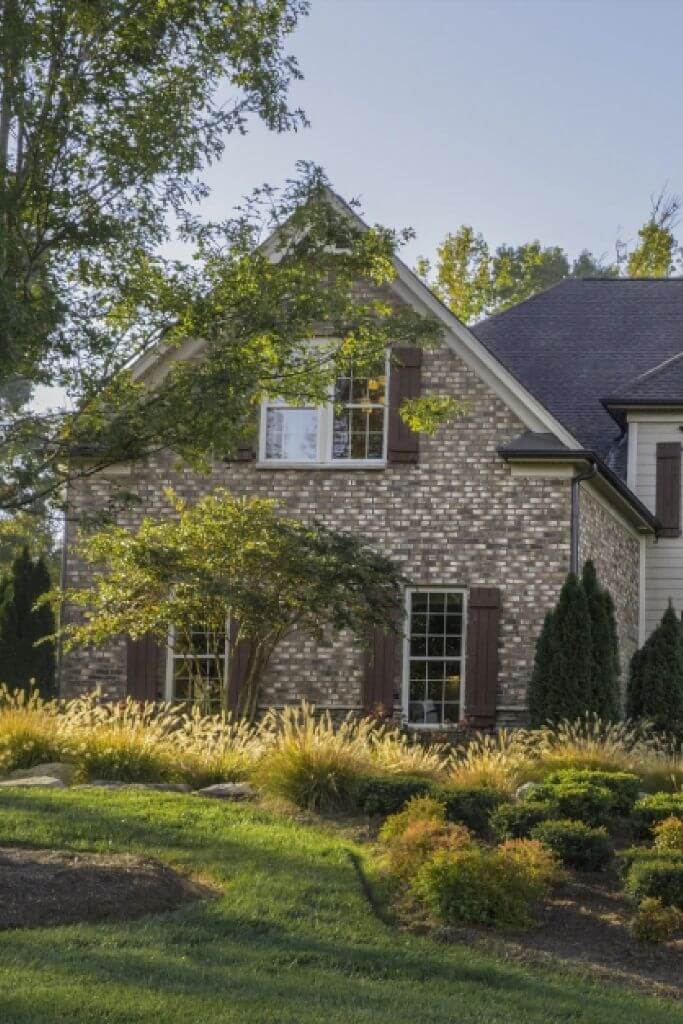
Make It Green: If you’re considering fabricated brick veneers, see if you can find some leftover from a larger project on your local buy and sell or at a local salvage store. If you can’t find anything or really want to go the brand new product route, consider looking into more eco-minded fabricated brick companies.
Fabricated Stone
For info on natural stone siding, see below – because I like to do things alphabetically. But the conversation about natural stone vs fabricated stone siding is very similar to the conversation about brick. One difference is that manufactured stone veneers (MSV) are usually made from concrete. And while concrete may seem like a more earth-friendly option than polyurethane, that isn’t necessarily the case.
Because concrete is made from natural materials such as crushed rock, sand and water, it is often thought to be a more sustainable option. But concrete is the most consumed human-made material in the world and its manufacturing process contributes heavily to greenhouse gas emissions.
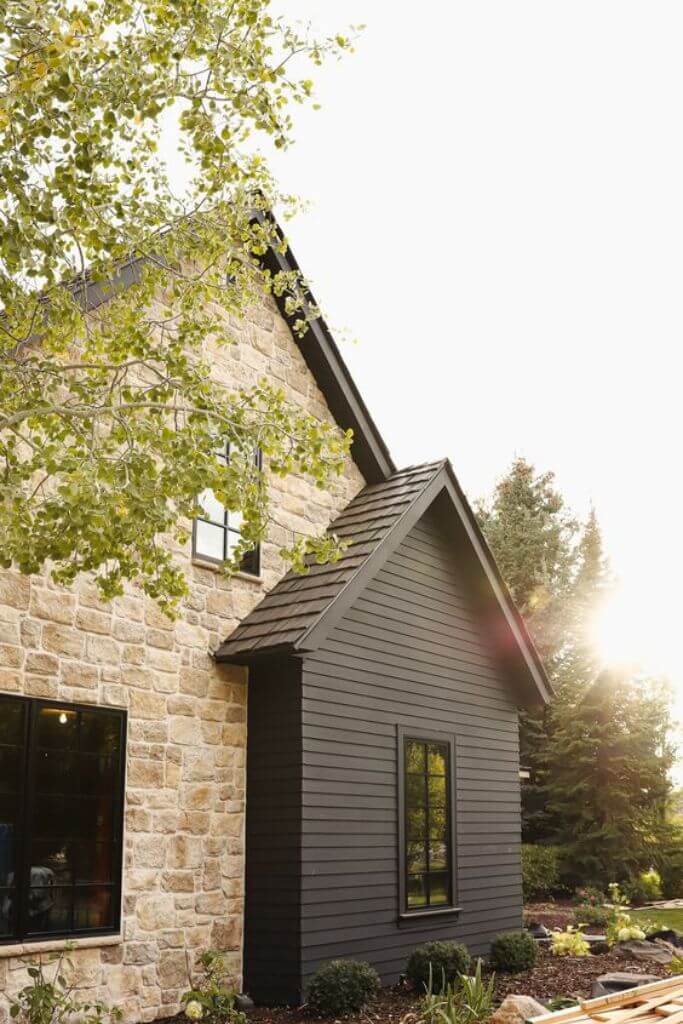
Make It Green: If you want to go with stone, it’s best to choose natural stone. Many companies offer stone veneer, meaning thinner slices of stone are installed instead of full stone pieces. This cuts down on cost, labor and transportation weight due to the lighter product weight.
Fiber Cement
Fiber cement siding is made of a mixture of cement, sand and cellulose fibers. It is a popular – albeit more expensive siding choice compared to vinyl – due to its longevity and low maintenance requirements. Fiber cement siding can last up to 50 years and has a wood-like appearance, without the upkeep of real wood.
Another big pro of fiber cement siding is that it has a high fire resistance, which is a huge priority in areas with wildfire concerns. Fiber cement is also a popular option when people decide to upgrade deteriorating stucco siding through a process called stucco remediation.

Make It Green: Fiber cement siding is already considered a more sustainable option, particularly due to its longevity and its ability to be reused. The company that makes the most popular fiber cement brand, Hardie Board, is moving towards net zero emissions by 2050, as well as zero manufacturing waste by 2035.
Metal
Metal siding is usually made from steel or aluminum and is one of the most durable home siding choices on the market. It is also fire resistant, pest resistant and requires very little maintenance. Metal siding can last up to 70 years, with 50+ years being the norm.
While you may associate metal siding with a more modern-looking home, many homeowners have installed it on more traditional-looking exteriors to great success. This is because metal siding has many different profiles and can mimic the look of board and batten and other traditional cladding styles.
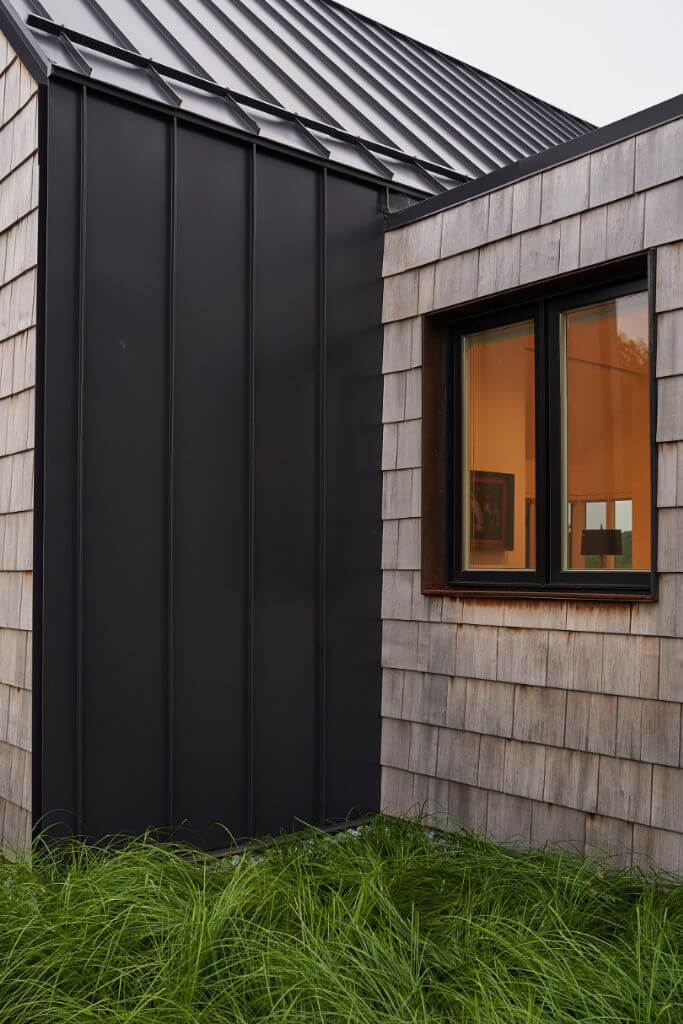
Make It Green: While not a natural material, metal siding is considered a more sustainable choice because it is extremely durable, is often made from recycled materials and is fully recyclable. That being said, the most earth-conscious way to incorporate metal siding is if you can find it reclaimed.
Stone
Unlike fabricated stone, as discussed above, stone siding is made from real stone pieces pulled from rock quarries and cut into different shapes and sizes. Stone as a building material has a very long history and is considered the most durable type of siding on the market. Some of the most popular types of stone used for exterior siding are granite, limestone and slate.
Stone is one of the most expensive siding option for homes and can feel like a huge investment up front. Although when you consider its benefits, the initial cost do start to make more sense. Stone siding can last for over a hundred years and is essentially weather-proof. It also has a higher R-value than most other sidings and thus contributes to insulating your home.
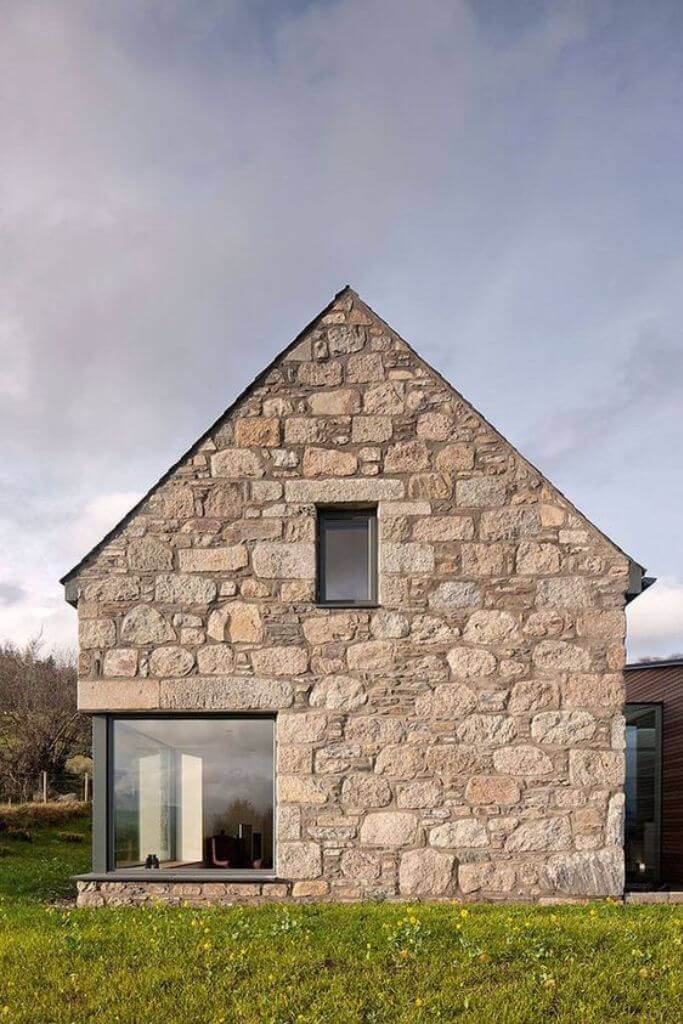
Make It Green: Stone is natural and it requires almost no maintenance, but that doesn’t mean there aren’t things you can do to make this green siding choice even greener. For example, purchasing stone products sourced locally or choosing more lightweight – and more affordable – stone veneer to reduce transportation emissions.
Stucco
Stucco has been used as a house siding option for hundreds of years. Stucco is made from a mixture of materials such as cement, water, sand and lime and is known for being durable and low maintenance. Because stucco is coloured all the way through, it doesn’t need to be repainted. It is also known to perform well in harsh, windy climates and is considered fire resistant.
Stucco comes in around the mid-range as far as pricing goes. It is definitely an upgrade from something like vinyl siding, but isn’t as expensive as fiber cement siding. That being said, stucco doesn’t hold up as well to moisture as other home siding options, which is why it is such a popular choice in dryer, more arid climates.
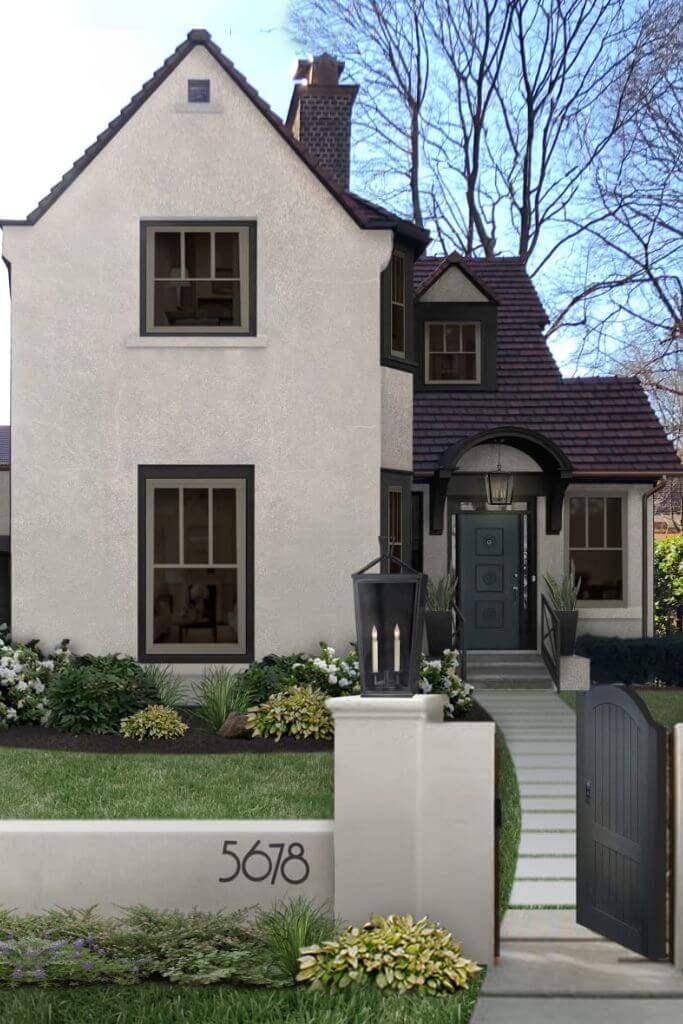
Make It Green: Traditional stucco already has a few positive sustainability features, such as its durability and insulation properties. But as with so many building materials, you can take things a step further and use more eco-friendly stucco brands that replace the cement portion with natural clay or recycled content.
Vinyl
Vinyl siding hasn’t been around nearly as long as some of the other options on this list – it was introduced in the 1960s, but it has become one of the most popular choices in the United States and Canada. Its popularity is due to several reasons, with affordability and low maintenance being the top two. Most vinyl siding is made using virgin plastic, which is a fossil-fuel derived material – but keep reading for my suggestions on how to green this option.
Over the years, vinyl siding has thoroughly expanded its style options to include products that replicate the look of a variety of wooden siding options, such as horizontal plank, board and batten and cedar shakes. another reason for vinyl siding’s popularity is that you can buy it at most local home building stores and because it is lightweight and goes up easily, many homeowners choose a DIY installation.
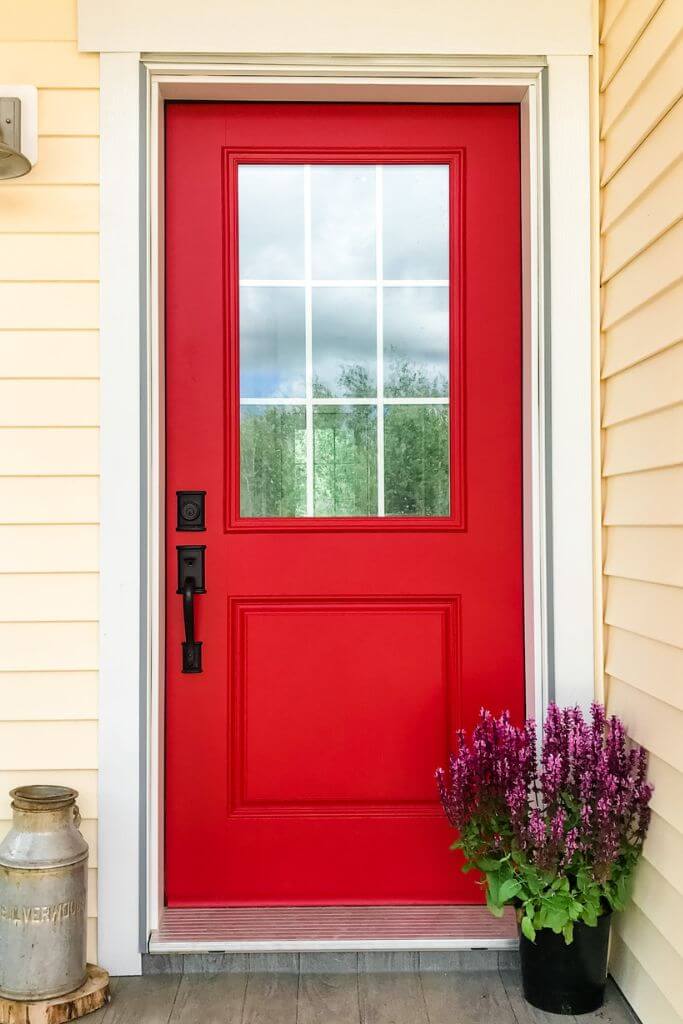
Make It Green: As with so many of the more “affordable” options in the home design realm, vinyl is not the most eco-conscious choice. However, there are a few different ways vinyl siding can be more sustainable. The first is to choose a product made from recycled materials. The second is to invest in insulated vinyl siding, which ups the energy efficiency of your home.
Wood
There’s a reason why wood cladding is such a classic in the world of home siding options. It’s beautiful to look at, comes in a multitude of profiles and goes with almost any home styles – but especially suits beloved styles such as farmhouse and craftsman. A few of the aforementioned profiles include board and batten, clapboard, shakes – and even split logs.
Only 4% of new homes constructed in 2021 in the Unites States had wood siding, with the decline in popularity most likely due to the maintenance wood siding requires. Engineered wood, fiber cement and vinyl siding all replicate the look of real wood, but just like real wood floors in a home’s interior – some people feel there’s no replacement for the real thing!
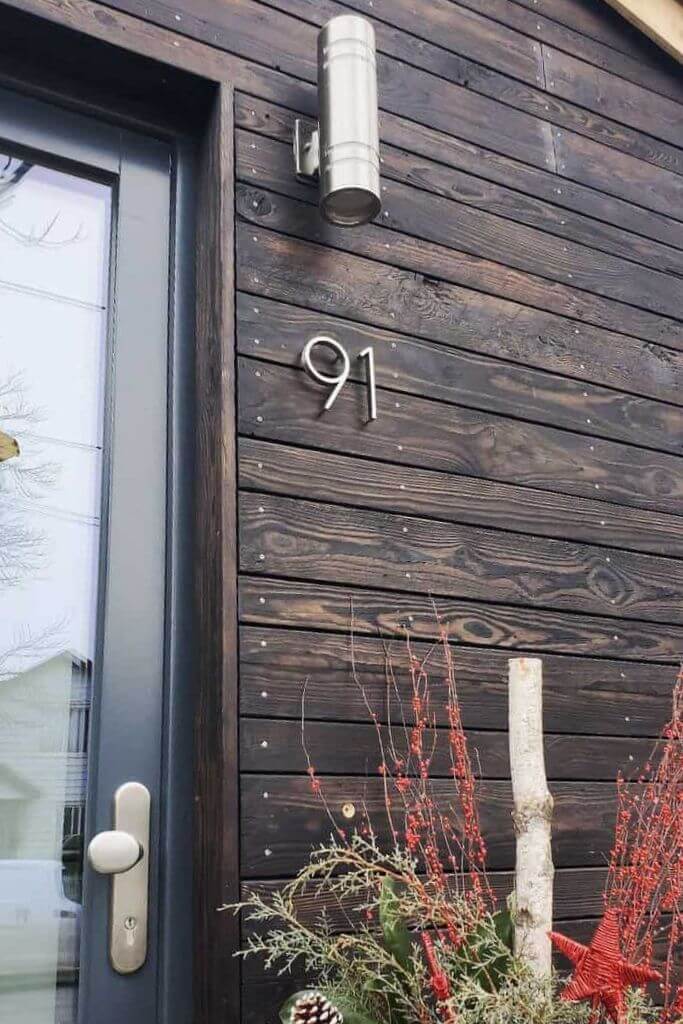
Make It Green: Wood is a renewable resource that has natural insulation properties. But gone are the days when just because something is made from wood it is automatically considered sustainable. Look for FSC-certified wood siding, meaning it was harvested from a sustainably managed forest.
Need further help narrowing down your siding options? Check out my e-design services or sign up for a free one-on-one consultation about any and all things design-related to your home!
What’s your dream siding type? I let you know mine, now let me know yours in the comments below…
CLICK TO SAVE FOR LATER!
Last Updated on June 26, 2024 (Originally Posted on May 29, 2024)
Former architectural technologist. Current treehugger.
I’m here to help you green your home – and your life.
Subscribe to the Of Houses and Trees monthly newsletter and I’ll send you my FREE list of “The 8 Best Places to Buy Eco-Conscious Decor Online.”
What on earth is sustainable design? Learn all about this eco-focused design method and read the latest posts about green architecture, interior design and decor.
Sustainable living is more than just a thing treehuggers talk about. It’s about making conscious choices everyday. Read the latest posts on living with the planet’s wellbeing always in mind.
Visit the Of Houses and Trees sustainable product directory and support brands trying to make a difference in the world.
Find out more about our 40 acres of land in Parkland County, Alberta and the sustainable home we built amongst the trees.
Need help creating the home of your dreams? Care about the planet? You’ve come to the right place! check out my affordable, sustainable e-design services.
Having a had time choosing paint colours? I’ve got you – and your walls – covered with an interior paint palette sure to compliment your home.
Have questions about creating an eco-conscious home? Go ahead – ask me! Sign up for one of my free online interior design consultations and ask me anything you want.
